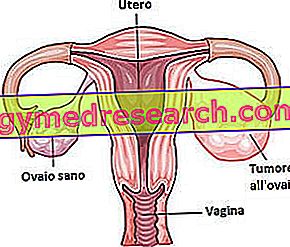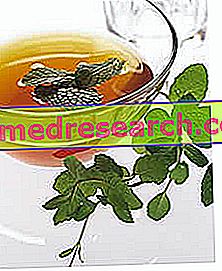Exogenous antioxidants, including VIT A, C, E, selenium, carotenoids, lycopene, coenzyme Q-10 and lipoic acid are present in most foods of plant origin. Particularly in black or very dark fruits such as wild berries, where these antioxidants are contained in larger quantities.
Boston University and the US Department of Agriculture conducted a series of studies to establish the antioxidant power of various foods. The antioxidant power was measured on the basis of a scale, the ORAC, according to which higher values (greater units) correspond to greater antioxidant powers:
Cucumbers 1 = 36 units
Tomatoes 1 = 116 units
Apricots 3 = 172 units
Raw spinach 1 plate = 182 units
Melon three slices = 197 units
Pear 1 = 222 units
Banana 1 = 223 units
Fishing 1 = 248 units
Apple 1 = 301 units
Aubergine 1 = 326 units
White grapes 1 bunch = 357 units
Cipolla 1 = 360 units
Black raisins 1 tablespoon = 396 units
One cup cooked cauliflower = 400 units
One cup cooked green beans = 404 units.
American potato 1 = 433 units
Kiwi 1 = 458 units
Pepper 1 = 529 units
Black grape a bunch = 569 units
Avocado 1 = 571 units
Roast potato 1 = 575 units
Susina 1 = 626 units
Orange 1 = 983 units
Orange juice 1 glass = 1142 units
Strawberries a cup = 1170 units
Pink grapefruit 1 = 1188 units
Grapefruit juice 1 glass = 1274 units
Brussels sprouts cooked 1 cup = 1384 units
Black plums 3 = 1454 units
More 1 cup = 1466 units
Beetroot cooked 1 cup = 1782 units
Spinach cooked 1 cup = 2042 units
Cooked green cabbage 1 cup = 2048 units
Blueberries 1 cup = 3480 units
Juice from black grapes 1 glass = 5216 units
See also: Antioxidant foods
CONTINUE: Vitamin E »



